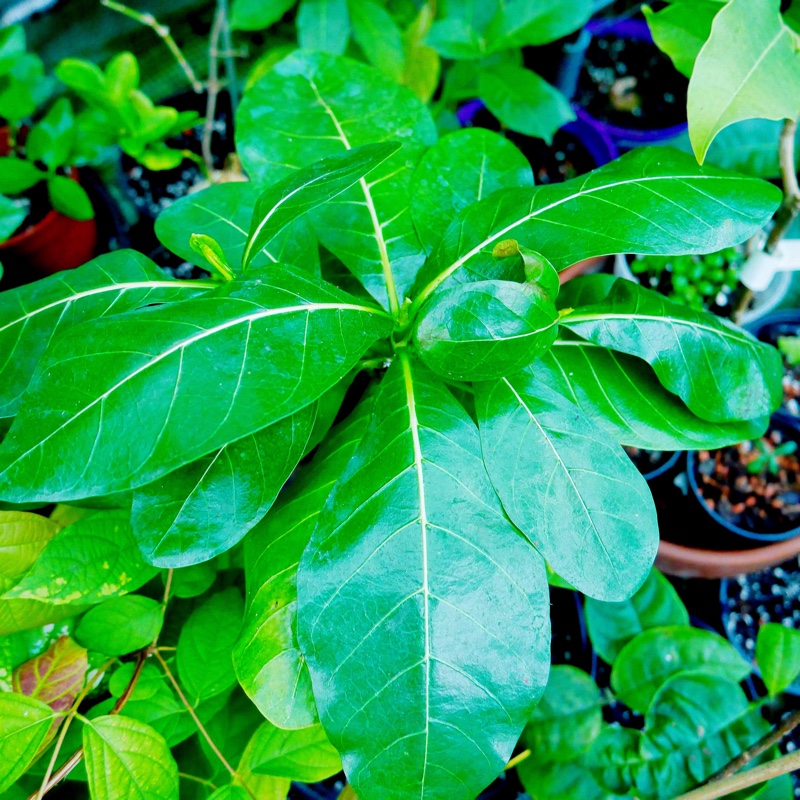
Gardenia Tiatensis
Tahitian Gardenia
Beautifully scented flowers characterise these lime-hating evergreen shrubs which have very dark green, glossy foliage. They thrive in pots in cool, well lit rooms and conservatories and in greenhouse borders with acid soil. Gardenias usually bloom in summer but with warmth and good light, they can bloom in winter. In perfect conditions, they can be long-lived plants. This rare gardenia has large, pinwheel-shaped, single blooms that are highly fragrant. Grow in full sun and warm temperatures for best results.
Contributed by @drnicko
-
Full sun to partial shade
-
Occasional watering
-
Not Frost hardy
-
Moist and free draining
Common name
Tahitian Gardenia
Latin name
Gardenia Tiatensis
type
Flowering plant
family
Rubiaceae
ph
5.0 - 7.0 Acid - Neutral
Plant & bloom calendar
-
Best time to plant
full grown dimensions
 0.50 M
0.80 M
0.50 M
0.80 M
Gardenia Tiatensis
Beautifully scented flowers characterise these lime-hating evergreen shrubs which have very dark green, glossy foliage. They thrive in pots in cool, well lit rooms and conservatories and in greenhouse borders with acid soil. Gardenias usually bloom in summer but with warmth and good light, they can bloom in winter. In perfect conditions, they can be long-lived plants. This rare gardenia has large, pinwheel-shaped, single blooms that are highly fragrant. Grow in full sun and warm temperatures for best results.
Planting young plants
From Early Spring TO Early Spring
When planting, remember that gardenia hate lime! Fill the pots with a lime-free proprietary compost and feed weekly or fortnightly during the growing season. Place in good indirect light in summer and keep the compost slightly moist. Never let gardenias dry out or become waterlogged. Use soft water or coffee grounds, which are quite acid. In winter, ensure plants receive some direct sunlight and let the compost dry out a little before watering.
Propagation by cuttings
From Early Spring TO Early Spring
Start by taking 3 to 4 inch cuttings from the green (still soft, not woody) part of the plant. Strip off any leaves on the bottom half of the cutting. Dip the cutting into rooting hormone, if you so choose. Stick the cutting into a pot filled with lime free potting compost. Make sure the pot has excellent drainage. Provide bottom heat. Roots will take about a month to grow.








